How much practice does a guitarist need?
We’ve all heard of the 10,000 hour theory – practise for 10,000 hours to achieve true greatness at your chosen craft or skill. But that isn’t necessarily gospel. It all depends what you want out of your instrument. Here are a few tips to bear in mind:
- Try to play at least on a daily basis
- Experiment with styles outside of your comfort zone
- Play and/or practise with other people
- Look online for resources like backing tracks and exercises
- Record your practice to reflect on later and track progress

(above: Steve Vai is a well-known proponent of a stringent practice routine – look where it got him!)
Slow and steady wins the race.
Being able to slow down music without changing the pitch is very useful during practice. You may want to hear a certain riff in a song, the timing of a certain section of a piece or just play along with a track, but slower. The good news is there are a multitude of tools which allow you to slow down audio. iphone/ipad apps such as Anytune Pro allow you to slow down music and help you learn pieces, play along with pieces/backing tracks or transcribe music.
My personal favorite program to use for slowing down music to learn guitar parts is called Transcribe! This software is simple, clean, and has all the functionality you need without going overboard. If you’re looking for a simple solution to slowing down music while maintaining the correct pitch, Transcribe! Is the software for you.
The HeadRush Prime includes a convenient built-in Practice Tool that you can use to play along with songs from the internal storage, connected USB storage devices, or a linked Dropbox account. In addition to being able to play along with a song, you can also set loop points within a song, and use speed controls to slow it down to making learning the song easier, or use pitch controls to practice a song in different keys.
“Why not just read the tabs?” While guitar tablature certainly has its place, all professional guitar players transcribe music by ear on a regular basis. Why do they do this if nearly every song ever can be found on popular tab websites? Because tabs can be slow, tabs can be wrong, and transcribing works out our ear and makes us better musicians.
Do you need a practice routine?
As mentioned earlier, having a practice routine can help with keeping up momentum and tracking your progress. But in many ways it can suck the fun out of it – you don’t necessarily want to be doing the same thing over and over.
If you do keep a practice routine, either for a specific amount of time per day or a specific set of exercises, keep it varied. Split your practice up into sections and spread them out over a week or a month. This could include scales/theory, improvisation, jamming along with your favourite tracks, jamming with other musicians – keeping it varied can keep your motivation up!
Do you need music theory to practise guitar?
Music theory is one of the major foundations of music. While it’s not essential to understand in order to become an accomplished guitarist, it’ll do you plenty of good. Theory can help expand your musical horizons, and push your playing outside of your comfort zone. Here are a couple of bits of music theory that can work wonders for your guitar playing:
- Major scale modes – when these click, you’ll unlock a whole new world of harmony
- Triad harmony – wanna build bigger-sounding melodies and brighter chords? This will help!
- Diatonic chord movements – all chord sequences are based on basic major scale chord movements (the classic example: I-IV-V – look it up!)
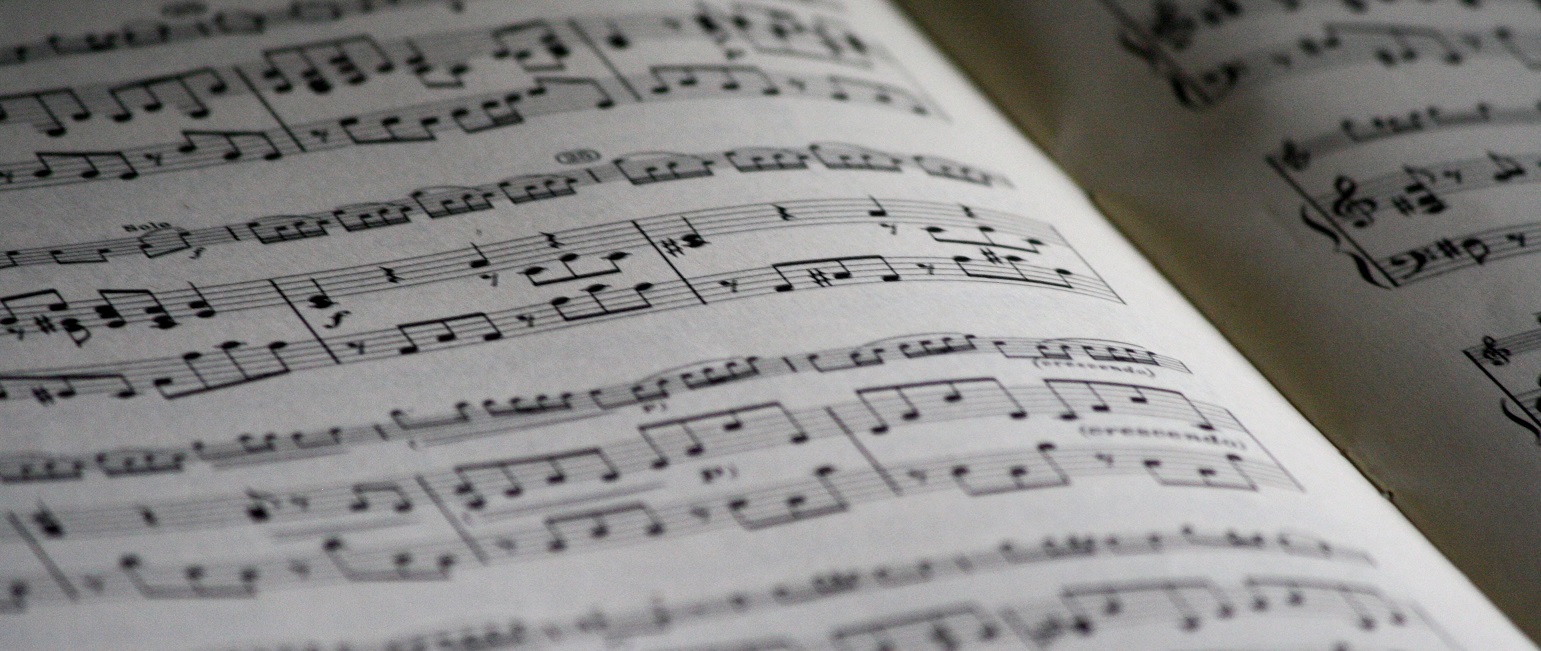
Practice Tips on Andertons TV
Looking for a bit of extra motivation and wild guitar playing knowledge? Check out our videos with JustinGuitar, Ariel Posen and Danish Pete for wisdom galore!







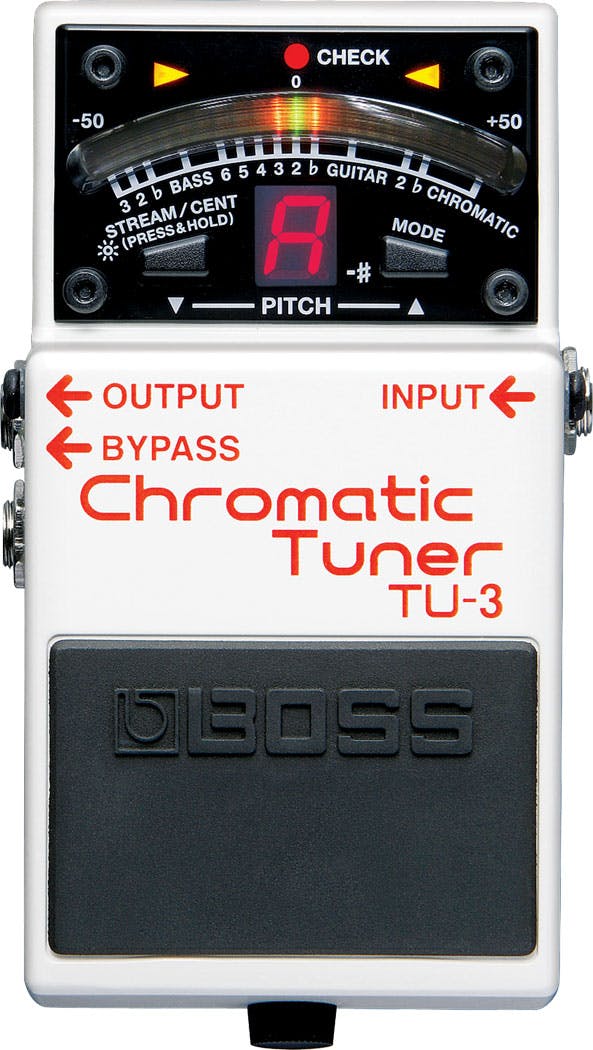





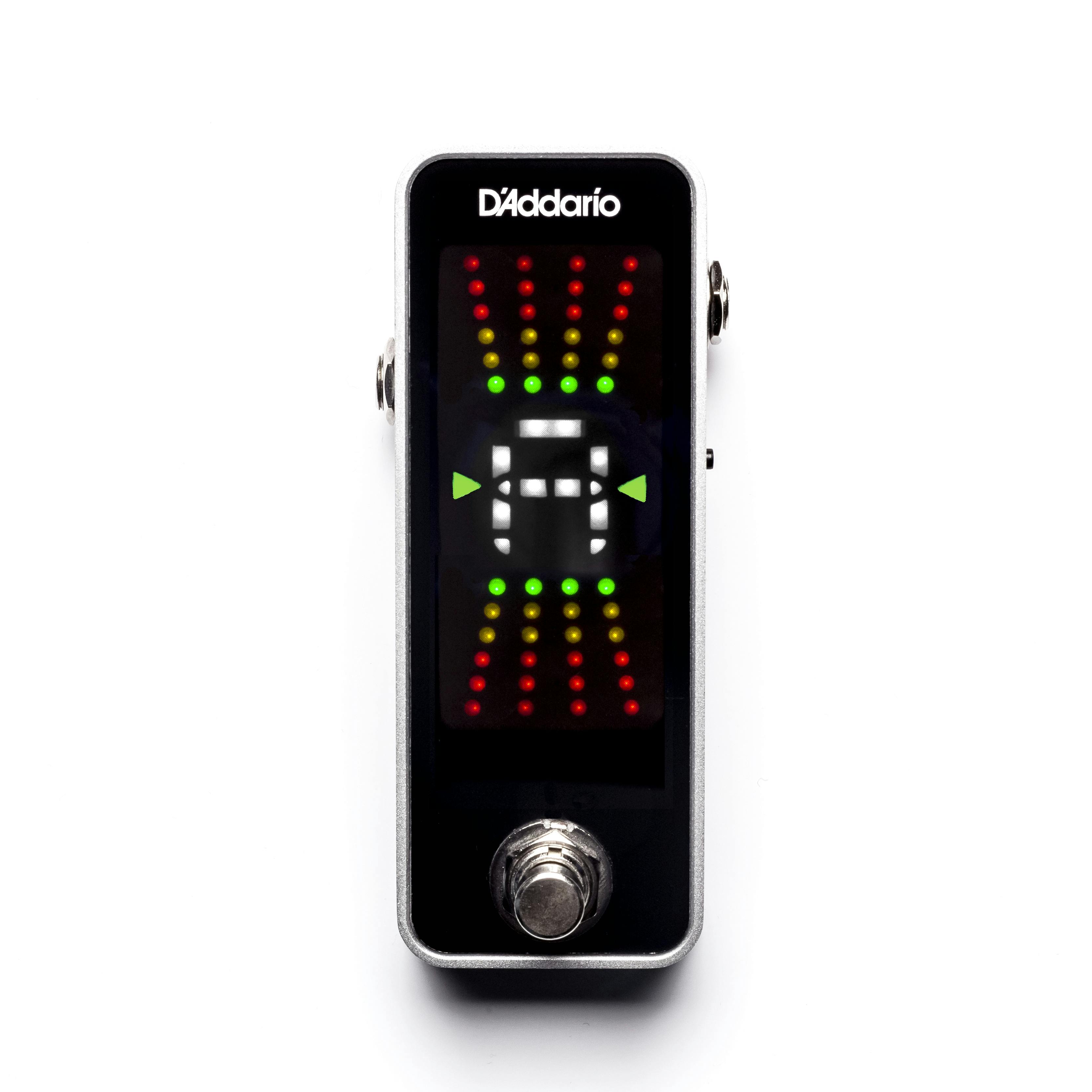
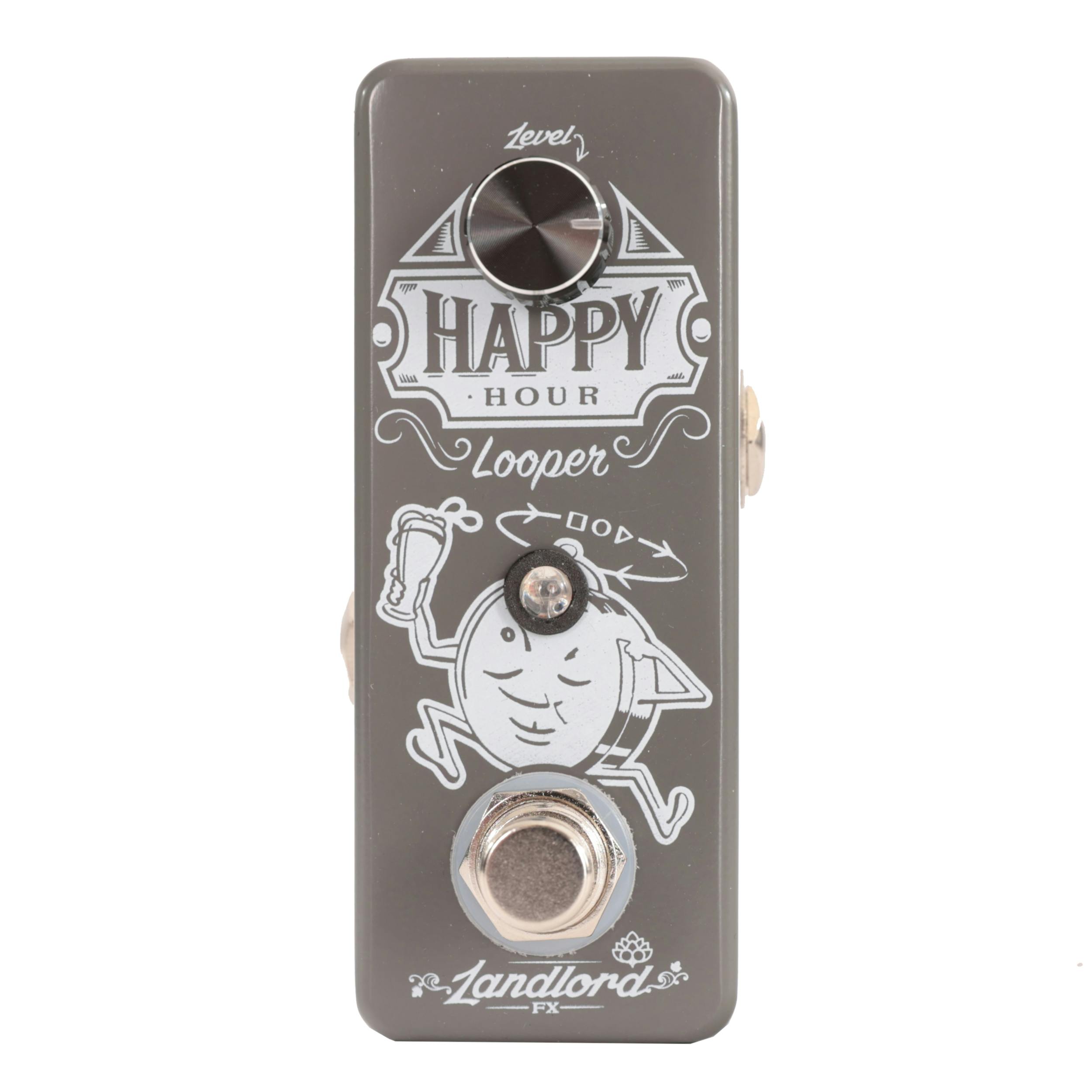








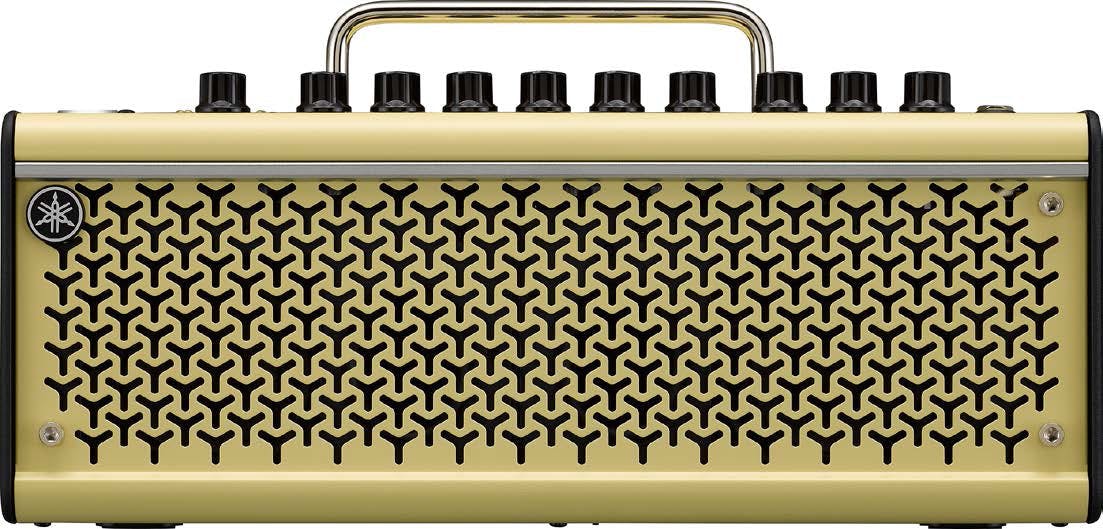


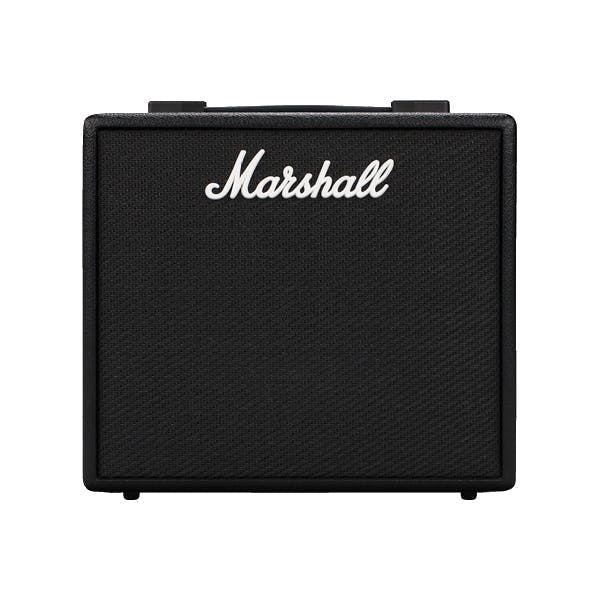



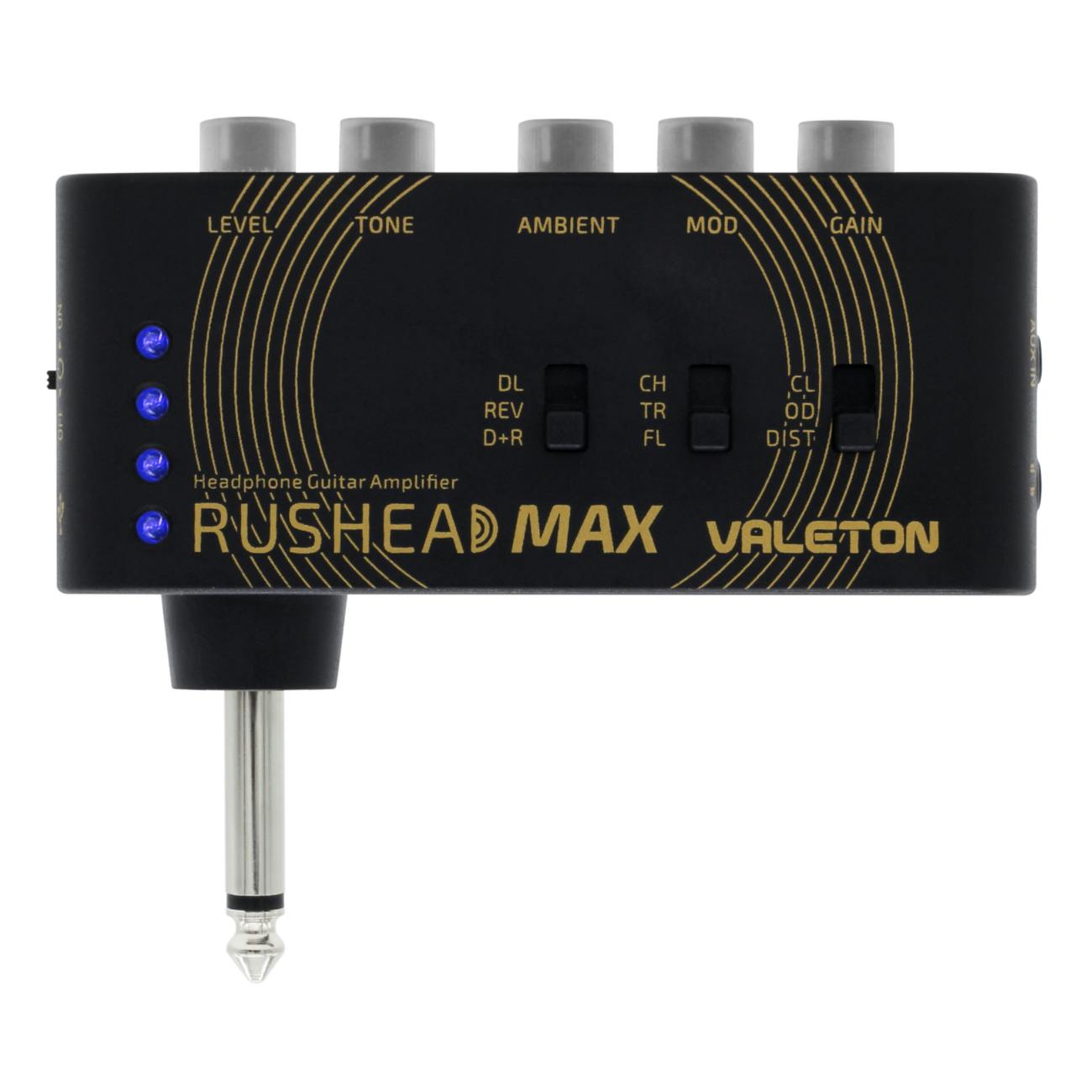


Responses & Questions